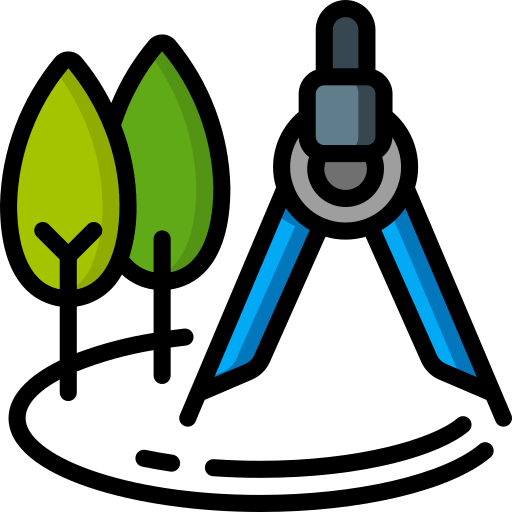Let’s be blunt: 80% of jobs are never advertised (HBR, 2022). They sit in the hidden job market — roles filled through referrals, internal recommendations, or networking.
If you’re relying only on job boards, you’re competing with hundreds of applicants per role. But when you tap into professional networks, recruiter relationships, and events like TechTalk UK, you dramatically increase your chances.
According to LinkedIn (2023):
- 70% of professionals got hired at companies where they had a connection.
- 35% of new hires came directly from referrals.
So yes — networking is not optional. It’s survival. This guide will give you:
✅ A networking strategy rooted in data.
✅ Scripts to use online (LinkedIn) and offline (events like TechTalk UK).
✅ Insights from Harvard Business Review (HBR) on how to build authentic relationships that actually lead to jobs.
Why Networking Feels Hard (But Matters More Than Ever)
Most job seekers dread networking. They imagine awkward small talk, fake smiles, and shoving CVs at strangers. But that’s not networking — that’s desperation.
💡 Recruiter Quote:
“The best networkers don’t talk about themselves first. They ask smart questions, add value, and make people want to remember them.” — Senior Talent Partner, Tech Industry (2023)
The HBR Mindset Shift
- Don’t think: “What can I get?”
- Think: “What can I give?”
Networking works best when it’s about building relationships, not begging for jobs.
Step 1: Build Your Digital Networking Hub (LinkedIn)
Your LinkedIn profile is your digital handshake. Recruiters and peers will stalk it before replying.
Checklist for LinkedIn Networking Success:
- Headline → “Digital Marketing Executive | SEO, PPC & Paid Social Specialist” (clear + keyword-rich).
- About Section → Story-driven, metrics-based (“Boosted ROAS 3.5:1, CPC ↓18%, Instagram engagement +45%”).
- Content → Share once a week (insights, mini case studies, lessons from OTINGA blog).
- Engagement → Comment thoughtfully on industry posts (not just “Great post!”).
- Recruiter Insight: Candidates who post or comment regularly on LinkedIn are 27% more likely to get approached by recruiters (LinkedIn, 2022).
Step 2: Scripts for Networking on LinkedIn
Connection Request Script
“Hi [Name], I enjoyed your recent post on [topic]. As someone building my career in [field], I’d love to connect and learn from your insights.”
Follow-Up Script After Connecting
“Thanks for connecting, [Name]! I saw you work at [Company]. I admire how [Company] does [specific thing]. I’d love to hear more about your experience there.”
💡 Mentor Note: This works because it’s specific, respectful, and curiosity-driven. Not begging for a job.
Step 3: Networking in Person (TechTalk UK Example)
When attending events like TechTalk UK, go with a game plan:
- Target: Research 5 people/companies you want to meet.
- Questions to Ask:
- “What projects are you most excited about right now?”
- “What trends are you seeing in [industry]?”
- “How did you get started at [company]?”
- Exit Script: “I really enjoyed this chat. Would you mind if I follow up on LinkedIn?”
- Data: According to EventMB (2022), attendees who prepare 3–5 specific questions are 40% more likely to form lasting connections.
Step 4: Turn Conversations into Opportunities
Here’s where most job seekers fail — they meet people but never follow up.
Follow-Up Email (Post Event):
“Hi [Name], it was great meeting you at TechTalk UK. I really enjoyed our chat about [topic]. As someone growing in [field], I’d love to stay connected and perhaps hear more about your role at [company].”
- Recruiter Insight: Recruiters say following up within 48 hours of an event is the sweet spot (CXK Careers Blog, 2023).
Step 5: The Referral Ask (Without Being Awkward)
Script:
“Hi [Name], I noticed [Company] has a role in [X]. Based on our conversations and my background in [Y], I feel I’d be a strong fit. Would you feel comfortable referring me internally?”
- Mentor Note: Don’t jump to the referral on Day 1. Build relationship first. Ask once there’s rapport.
- Data: Referrals make you 4x more likely to be hired (Jobvite, 2022).
Step 6: Sponsorship Networking (International Candidates)
If you need visa sponsorship, network with companies who already sponsor. You can check on:
- UK Home Office sponsor list.
- LinkedIn jobs filter: “Visa sponsorship available.”
Sponsorship Script:
“Hi [Name], I admire how [Company] invests in international talent. I’d love to contribute with my [skills/results]. Have you seen international hires succeed at [Company] recently?”
Step 7: The Networking Flywheel
Networking is not a one-time activity. It’s a flywheel:
- Meet → 2. Follow up → 3. Add value → 4. Stay in touch → 5. Ask → 6. Repeat.
Example:
- You meet a content strategist at TechTalk UK.
- Follow up with a thank-you message.
- Share an article or tool they might like.
- Engage with their LinkedIn posts.
- A month later, ask for advice/referral.
- Mentor Note: Recruiters spot “transactional” networkers immediately. Build long-term.
Data Snapshot (Table)
Networking Strategy | Impact |
LinkedIn activity weekly | +27% recruiter outreach |
Referral hires | 4x more likely to get the job |
Post-event follow-up | 40% more lasting connections (EventMB, 2022) |
Hidden job market | 80% jobs not advertised (HBR, 2022) |
Conclusion
Networking is not optional. It’s the engine of your career. The hidden job market opens only for those who connect, follow up, and add value.
Start today:
- Optimise your LinkedIn.
- Attend one event this month (online or in-person).
- Follow up with 3 people you respect.
The job you want may never be posted — but it could be offered in your next conversation.
Don’t forget to subscribe and download your free “Networking Scripts Pack” (LinkedIn, Events, Referral, Sponsorship templates


